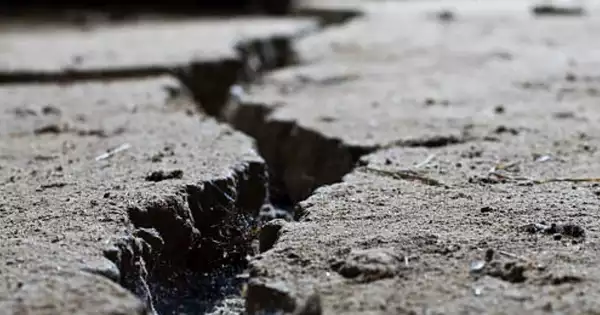What Caused the Rumbling Sound During Delhi’s Earthquake?
Delhi was rocked by strong tremors early Monday morning when an earthquake of magnitude 4 struck the national capital and its surrounding areas around 5:36 am. Along with the intense shaking, many residents reported hearing a loud rumbling sound that accompanied the tremors.
Social media was abuzz with people sharing their experiences, with several waking up to violent shaking and an unsettling noise. One user on X described the experience as “the most unsettling thing,” noting that while earthquakes usually produce noise from shaking objects, this time the sound seemed to come directly from the earth itself.
Sundar Lal, a resident of Sita Ram Bazar in Delhi, initially mistook the noise for monkeys on his terrace. Speaking to PTI, he recalled, “At first, we thought there were monkeys on our terrace making noise, but then we realized it was an earthquake. We all quickly ran outside.”
Anil, a resident of Nehru Nagar, shared his experience of hearing a loud sound during the tremors. “There was a loud sound and strong jolts. My wife and I were terrified. The first thing we did was grab our daughter and rush outside,” he told PTI.
What Caused the Rumbling Sound?
The earthquake’s epicenter was located in the Dhaula Kuan area of Delhi, with a depth of just 5 km, according to the National Centre for Seismology. Experts suggest the shallow depth of the earthquake is likely responsible for the rumbling noise heard by residents.
According to the United States Geological Survey (USGS), shallow earthquakes often generate a rumbling or booming sound that can be heard by those in close proximity. The high-frequency vibrations produced by such earthquakes create these sounds, which are not felt when the tremors originate at greater depths.
Interestingly, some earthquakes can create booming noises even in the absence of noticeable ground vibrations.
Why Is Delhi Vulnerable to Earthquakes?
Delhi falls within Seismic Zone IV, a region classified as having “fairly high seismicity,” making it a high-risk area for earthquakes. While most earthquakes in Delhi are of moderate magnitude (around 5-6), stronger quakes with magnitudes of 7-8 occasionally strike the region.
Several fault lines pass through Delhi, including the Delhi-Haridwar ridge and the Delhi-Moradabad fault, both of which increase the region’s susceptibility to seismic activity. Additional fault lines such as the Mahendragarh-Dehradun subsurface fault, Sohna fault, and others in the region further contribute to the area’s vulnerability.
Delhi’s proximity to the seismically active Himalayan region also heightens its risk of experiencing tremors. As a result, the capital remains on high alert for potential future earthquakes.



